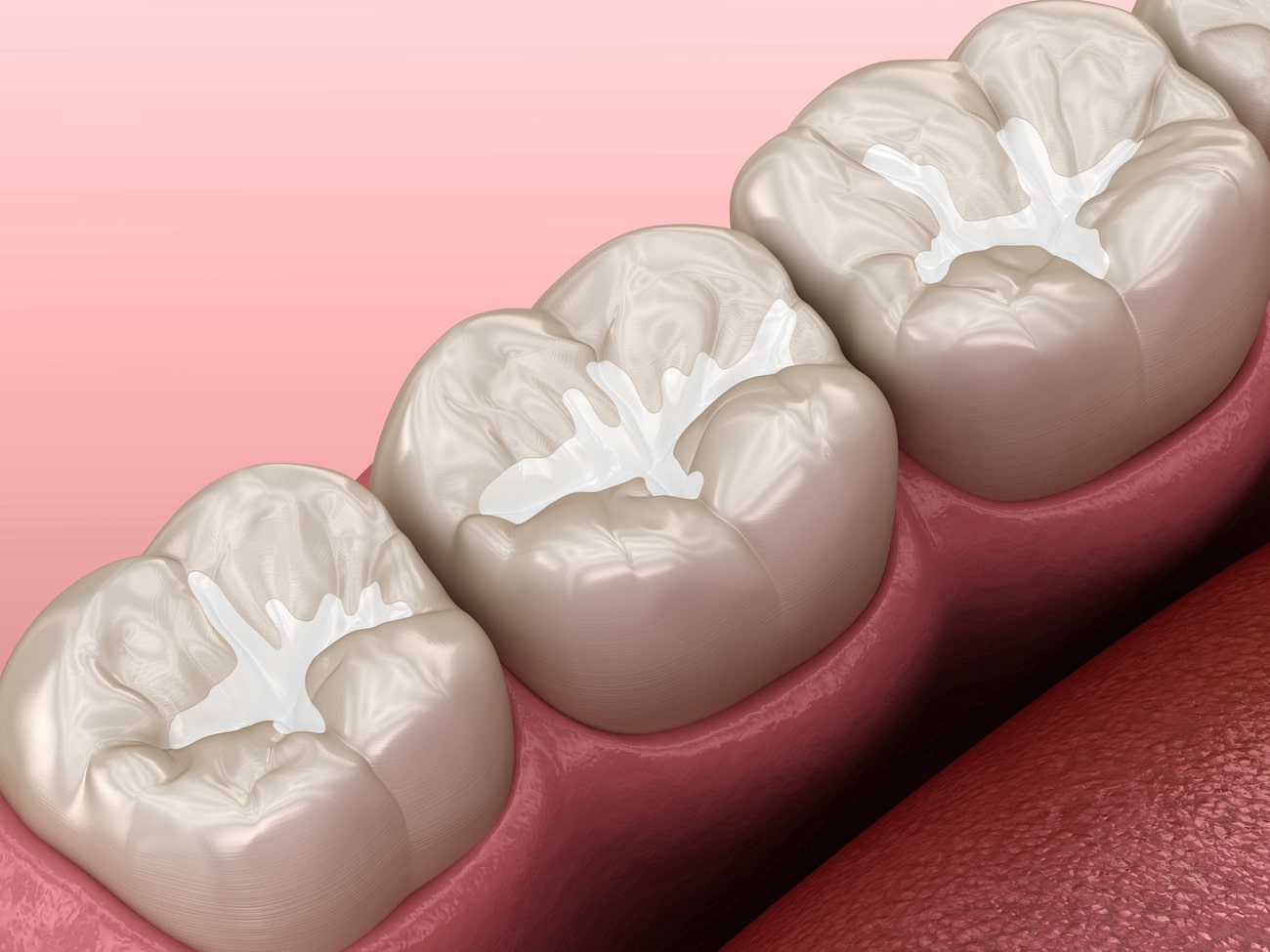
Everything You Need To Know About Composite Fillings
Composite restorations are a popular dental procedure used to repair teeth that have been affected by decay or fractures. Unlike traditional silver amalgam fillings, composite restorations are made to match the color of natural teeth, creating a seamless and aesthetically pleasing result. In this article, we will present a comprehensive overview of composite restorations, including their composition, advantages, procedure, and post-treatment care.
What Are Composite Fillings?
Composite fillings, also known as tooth-colored or white fillings, are made of a mixture of resin and finely ground glass particles. This composite material is carefully selected to match the color and texture of your natural teeth, providing a seamless restoration.
Benefits Of Composite Fillings:
Aesthetic Appeal:
Composite fillings are color-matched to your teeth, ensuring a natural appearance and preserving the beauty of your smile.
Preservation Of Tooth Structure:
Unlike amalgam fillings, minimal healthy tooth structure removal is required for composite fillings, allowing for a more conservative restoration.
Bonding Strength:
Composite fillings bond directly to the tooth structure, providing additional support and strengthening.
Versatility:
Composite fillings can be used to restore both front and back teeth, addressing various sizes and types of cavities.
The Composite Filling Procedure:
Examination And Diagnosis:
Your dentist will examine your teeth and perform diagnostic tests, such as X-rays, to determine the extent of decay or damage.
Anesthesia:
Local anesthesia will be administered to ensure a pain-free experience during the procedure.
Decay Removal:
The decayed or damaged portion of the tooth will be carefully removed using specialized dental instruments.
Tooth Preparation:
The tooth will be prepared by etching the surface and applying a bonding agent to enhance the adhesion of the composite material.
Composite Placement:
Layer by layer, the composite material will be applied, shaped, and cured using a special light to harden the filling.
Bite Adjustment And Polishing:
Your dentist will make necessary adjustments to ensure proper alignment of your bite. The filling will then be polished to achieve a smooth and natural-looking finish.
Aftercare And Longevity:
Sensitivity:
It is common to experience temporary tooth sensitivity after the composite filling procedure. This sensitivity typically subsides within a few days.
Oral Hygiene:
Maintaining good oral hygiene practices, including regular brushing, flossing, and professional cleanings, is crucial for the longevity of composite fillings.
Stain Prevention:
While composite fillings are resistant to stains, they may discolor over time. Minimizing the consumption of stain-causing foods and beverages can help preserve their appearance.
Longevity:
With proper care, composite fillings can last for several years. However, they may require replacement or repair over time due to wear, chipping, or recurrent decay.
Composite restorations are a popular choice for repairing teeth affected by decay or damage due to their pleasing appearance and functional benefits. The natural look, strong bonding, and conservative approach make them a preferred option among dental patients. Having an understanding of their composition, advantages, procedure, and post-treatment care enables you to make well-informed decisions concerning your dental health. It is advisable to consult with your dentist to determine the suitability of composite restorations for your specific dental restoration needs.




